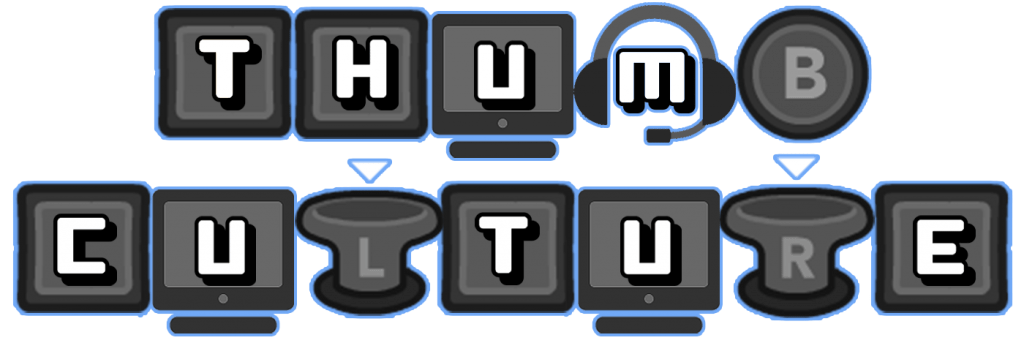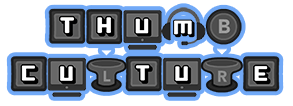
Action, mystery, and wonder await in MIO: Memories In Orbit, a new Metroidvania from Shady Part Of Me developer Douze Dixièmes (Twelve Tenths). They are a small, French team who form part of PulluP Entertainment (formerly Focus Entertainment) since their acquisition in 2021. This should immediately give you a sense of the quality to expect, given the publisher’s history backing titles such as Curse of the Dead Gods, Dordogne, and A Plague Tale: Innocence, among many others.
You can play the demo and add MIO: Memories In Orbit to your Wishlist on Steam now, with a release due sometime this year.
Remember MIO?
MIO, an agile robot with flowing, tendril hair, is awoken on the Vessel; a decaying spaceship drifting through space. The ship’s AI overseers have seemingly gone offline, leaving the Vessel to cease functioning, along with the smaller machines which inhabit it. You’ll guide MIO through this technological corpse, discovering secrets and memories in the hope of a possible resurrection.

Gameplay
Upon gaining control of a character in a game with a significant focus on platforming, I want to get a good feel for how they move. Finding out what initial abilities the character has, how fast they are, and how weighty or floaty their jump is are vital pieces of information. I was glad to learn MIO’s movement feels terrific, if sometimes a little slow. Jumping, in particular, allows for constant adjustment to positioning, making it easier to land at a desired location. The lack of speed was only really an issue when backtracking across large spaces, or returning to exploring after an untimely death.
One aspect of movement I found especially enjoyable was the ice sliding. Moving across ice grants a boost to your momentum and is often accompanied by ramps, shooting you higher and further than would be possible by running and jumping alone. It’s a very satisfying mechanic and I hope to see it used more in the final product.
Abilities
As with any good Metroidvania, there’ll be plenty of movement and combat abilities to unlock as the game progresses. In the shortened preview build of MIO: Memories In Orbit, I only discovered a handful of these — known in-game as Modifiers — but they already demonstrate the options that will be available to players for customisation. MIO has a limited number of points in their ‘Allocation Matrix’ and each Modifier requires a set number of points to be equipped.

Interestingly, MIO has a pre-equipped Modifier that allows their health status to be visible. This can be removed if you so wish, and the 5 points needed to use it can be allocated to something else. Maybe you like the look of the extra shielding, or additional damage instead. This is an early example of the player being able to choose to be defence focused, or be more offensive. The Steam page expands on the possibilities — ‘Would you make your grappling Hook a deadly lasso or an evade move? Sacrifice your Shield to boost your damage? It’s always your choice!’
You’ll occasionally discover ‘advanced modules’ — permeant upgrades to MIO. In the preview, I discovered the Hairpin module, which essentially acts as a grapple for fixed-point crystals, allowing for additional movement. It’s always fun to see how your character evolves during a Metroidvania. I’m eager to see what other abilities await in the full game and how they will affect exploration.
Resources
While some upgrades and Modifiers can be obtained through exploration, others will need to be purchased. Defeating enemies and salvaging scrap will result in MIO gaining ‘Nacre’, a currency used in the Vessel. Nacre comes in different forms: liquid and crystals. The liquid form is mainly what you will collect through combat and salvage. Unfortunately, any liquid Nacre that you’re carrying upon death will be lost. This means exploration can be dangerous when you’re carrying a high amount of liquid Nacre, which may discourage some players from taking larger risks. In order to mitigate this, you can crystallise your supply at specific machines, found spread around the Vessel. Crystal Nacre will persist on death, taking a bit of the sting out of failure.

You’ll also find Cores, which are also used to make purchases alongside Nacre. I’m not sure if Core and Nacre are linked — e.g. 1000 Nacre = 1 core — this wasn’t something I was able to confirm in the demo. I also failed to note where I found the Cores I did acquire, though I think it was probably salvaging. Thankfully, though, Cores are not lost on death. Ultimately, using resources before you have the chance to loss them is the best approach to take. Don’t be shy to spend.
Combat
MIO’s combo attack has some pleasing audio/visual feedback, making it feel punchy and effective when fighting. Alongside the 3-hit combo, MIO also has upward and downward strikes, which are useful for movement as well as combat.
Combat was an area where I feel like I was wishing for some further abilities, mostly when facing bosses. With no dodge roll or dash to grant an extra edge, avoidance of damage relies solely on aerial movement. Pairing this with the need to land on solid ground to refresh the double-jump and Hairpin abilities, approaches to battle feel slightly limited. That said, the boss fights were fun, with a perfect amount of challenge. The final encounter of the preview saw me defeated a handful of times, but I eventually scraped through after learning the attack patterns well enough.

The only other nitpick I have with combat would be difficulties in reaching aerial enemies effectively. One enemy in particular had a habit of hovering just out of reach. This led to prolonged fights where I would need to wait for them to get close enough to jump and attack and hope for a succession of hits. Maybe some future ranged attack would make these situations simpler.
World & Level Design
The Vessel — the world MIO occupies — feels compelling to explore. Although there were only a handful of areas available in the preview, and some of those barely more than teases, I believe they indicate the creator’s intentions to create a captivating world. Although we occupy the 2D plane, the environments have huge depth a detail, allowing for environmental story-telling.
During my time playing, I noticed the absence of save points. Respawn locations, known as Nexus, have been few and far between. In fact, for the whole demo, I just had one; unlocking the second was the end point of the preview. I could see this becoming frustrating, depending on how far away you can venture before discovering another. Losing to the second boss meant I had to cover a bit of ground before being able to retry.
Overall, I found exploration and platforming around the Vessel to be fluid and enjoyable. The double-jump and Hairpin abilities, along with the flowers that refresh MIO’s jump, combine brilliantly to allow for some puzzle-like platforming. If this is a small taste of what’s to come, then the main course should be delicious. There were also plenty of secrets to be uncovered by being thorough with investigation and using all the tools at your disposal. Given that discovery is another staple of the genre, it’s reassuring to see it being implemented well.

Graphics & Audio
The world of the Vessel is presented in a rich, deeply vibrant art-style, with colouring reminiscent of pencil art. Screenshots here, and more so on the Steam page, showcase the wide variety of environments and colours. It’s a stunning world which I can’t wait to discover more of. The artists have perfectly balanced foreground and background details to ensure exploration is smooth for the player. I don’t remember any moments during playing that I was confused about where platforms were, or what I could or couldn’t interact with.
A lo-fi soundtrack accompanies much of MIO’s journey, occasionally accentuated with beautiful pieces featuring soft vocals, adding weight and a feeling of ethereal mystery. Given the demo lasted just a couple of hours, I expect to find more beautiful music in the full game.
Final Thoughts
MIO: Memories In Orbit is shaping up to be an enticing and worthy entry into the Metroidvania genre, which has not been short of quality over the past 10 years. It features forgiving, fluid movement, rewarding exploration, interesting customisation possibilities, and challenging-yet-fair combat. It’s a busy year for high quality video games, and MIO absolutely has the potential to join those ranks. Keep this one firmly on your radars and make sure you check out the demo on Steam.
Disclaimer: A code was received in order to write this preview.
If you’re looking for a Metroidvania game you can play now, check out our review of The Siege and the Sandfox

YouTube | Facebook | Twitter | Instagram | Discord | Podcast
